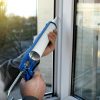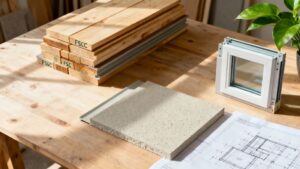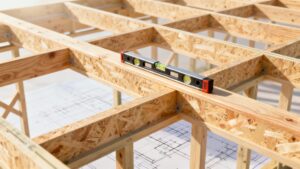Functionality Meets Aesthetics: Choosing the Right Sliding Door for Your Home
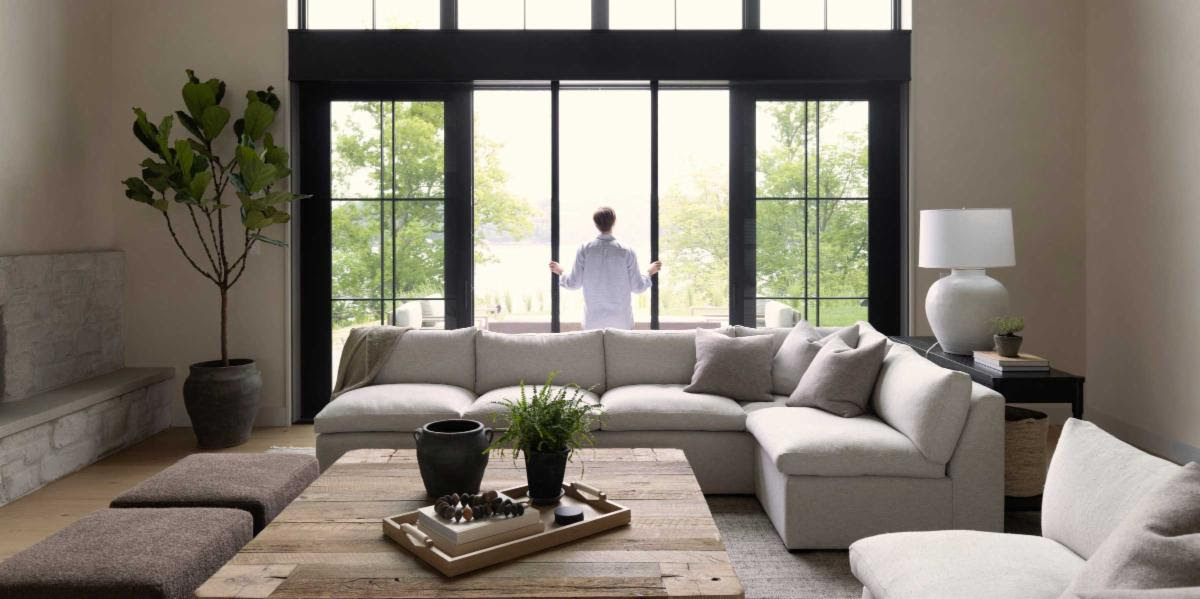
While the function is simple enough, there are some options when it comes to choosing the right sliding doors for your home. Learn the basics of these highly functional doors, find the one that is right for your space, and then enjoy the panoramic views and strong connection to the outdoors that sliding doors help create.
For easy passage and open views, sliding doors are nearly indispensable. The concept is simple: Sliding doors have one or more door panels that open by either gliding on a track or hanging from rollers mounted above. Eliminating the door swing has the benefit of preserving usable space around the door, allowing for the placement of furniture in front of the stationary panel, as well as maximizing the opportunity for panoramic views and a stronger connection to the outdoors.
Their basic functions may be similar, but not all sliding doors are alike. Within the category you will find many variations and options. Learning the differences of each is key to choosing the slider that makes the most sense for your space and needs.
The Most Basic Option for a Sliding Door System Involves a Single Door Panel That Slides While the Other Remains Stationary
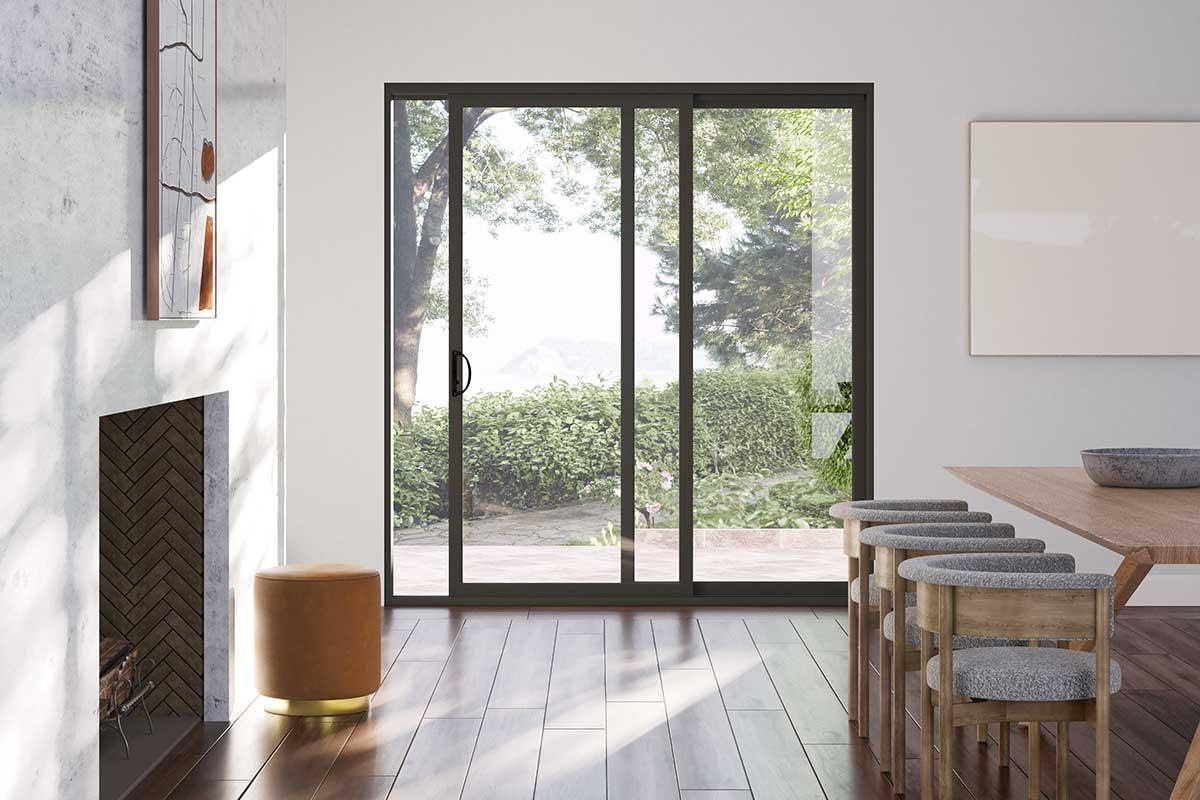
A typical size for a base unit is 72 inches wide by 80 inches tall (though larger custom sizes are becoming more common), so when the moving panel slides in front of the stationary panel a 36-inch-wide opening (give or take a few inches depending on its design) is revealed.
The sliding panels normally glide along the metal track at the bottom of the opening, but some are hung from rollers at the top of the frame, relying on the bottom tracks (mostly for alignment purposes).
To Cater to Larger Wall Openings, You May Opt to Increase the Number of Door Panels for Multi-Slide Doors
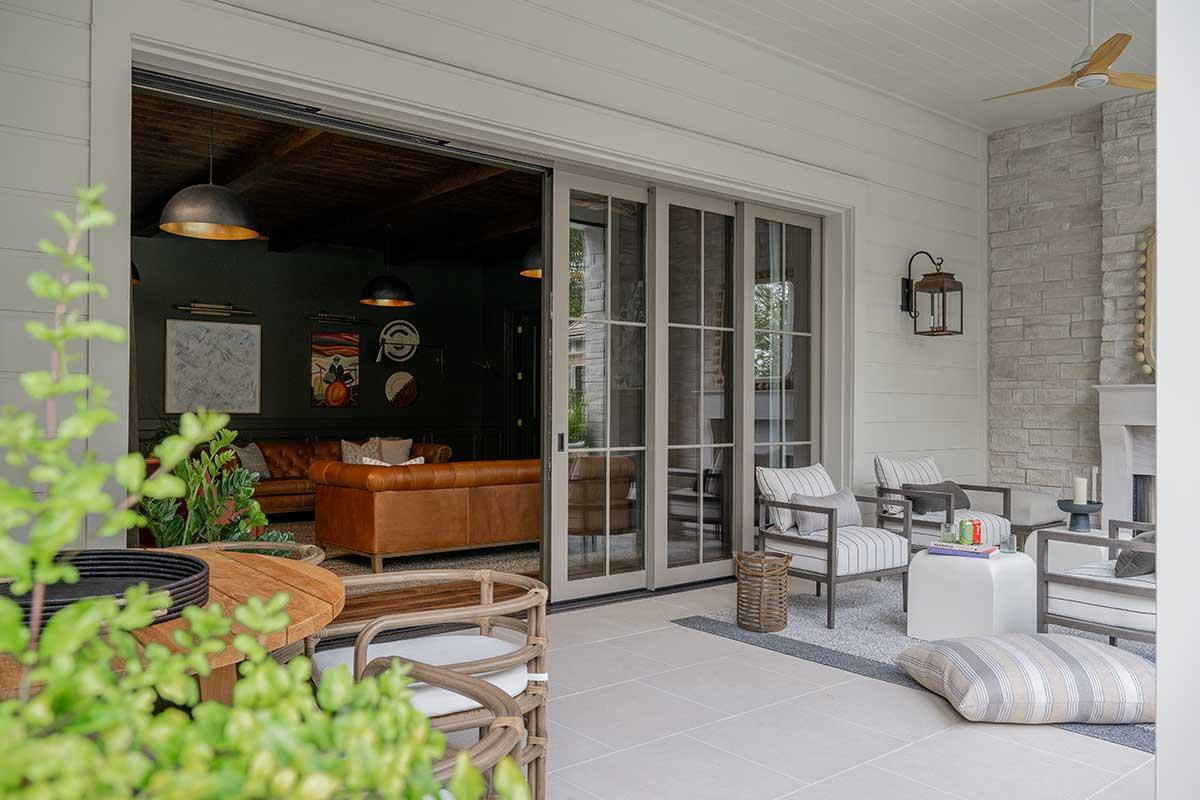
For larger openings, you can choose to increase the number of door panels. A three-panel or four-panel multi-slide door system, for example, has two or three moving panels that slide in separate tracks so multiple panels can stack in front of the stationary panel, creating an opening that is two-thirds or three-fourths the width of the overall opening. By adding even more multi-slide panels and tracks, you can span door openings approaching 50 feet in width. Depending on the model, you can put in up to five or six sets of tracks.
Keep in mind, there are also pocketing doors in the multi-slide category. They’re less common, but may be right for your home, as the panels conceal in a wall pocket to open the space up even more than the stacked variety.
Another type of multi-slide door system features doors that slide out from the center in both directions. In a common four-panel system, for example, the two middle panels slide to the side to stack in front of the end panels, resulting in a passageway that is one-half the full width of the door opening.
Why Lift-and-Slide Doors are the Ultimate Solution for Easy Operation
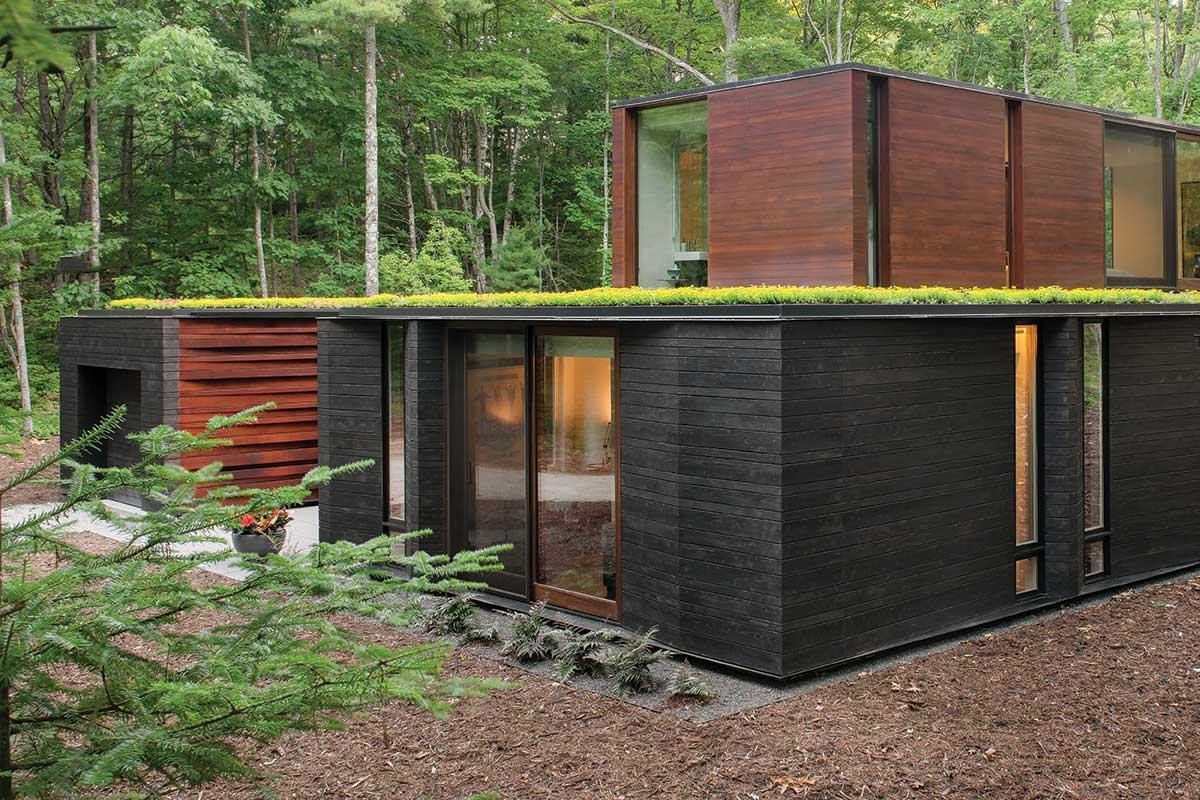
When the door handle on this type is raised, the sliding door lifts off the tracks, eliminating friction, as the door glides along a top-mounted tracking system.
Depending on the size of the Lift-and-Slide doors, they can be moved from side to side with as little as a light tap from one finger. Lowering the handle secures the moving door panel in whatever position you prefer.
As with the multi-slide, there are also pocketing options available on Lift-and-Slide doors. Your architect, designer, or Marvin dealer can help you decide which one is right for you.
Sliding Doors are Available in Most of the Same Materials and Finishes as Swinging Doors
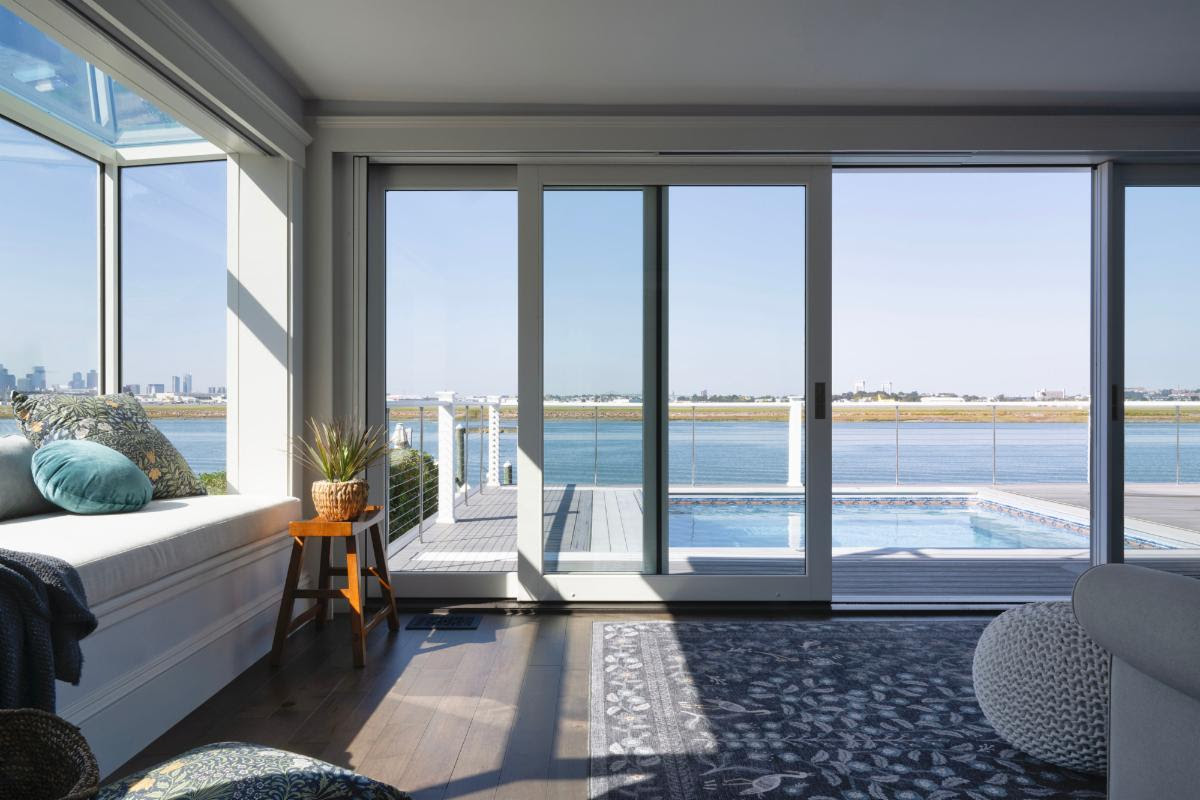

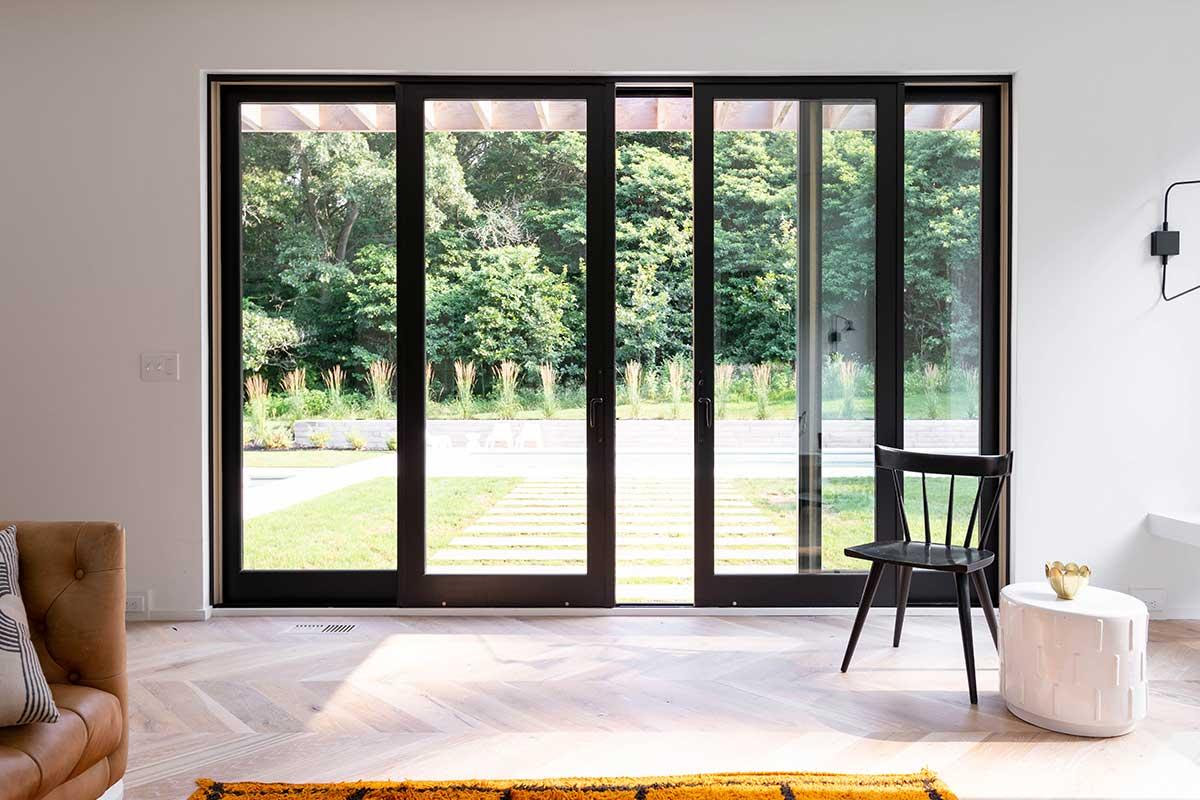
Photo by 22 Waves Creative
The exterior trim and casings are usually fiberglass or extruded aluminum. Interior trim is mostly made from fiberglass or wood, which can be pre-stained, painted, or primed for custom painting.
All sliding doors are required to have tempered glass. In areas prone to hurricane activity, earthquakes, as well as the need for extra security, impact-resistant glass is specified. Most sliding doors use laminated glass, where a sheet of polymer interlayer is sandwiched between two outer layers of glass. The interlayer may be tinted to produce a colored effect. And for homeowners with an eye for privacy, CLiC glass can be used. This powered privacy glass is a stunning, elegant solution that turns crystal-clear glass opaque with the flip of a switch.
For increased energy efficiency, low-emissivity (low-E) glass can be used. This glass has a thin coating that improves its cooling and heating efficiency.
When it Comes to Sliding Doors, There's an Abundance of Style and Design Options to Choose From
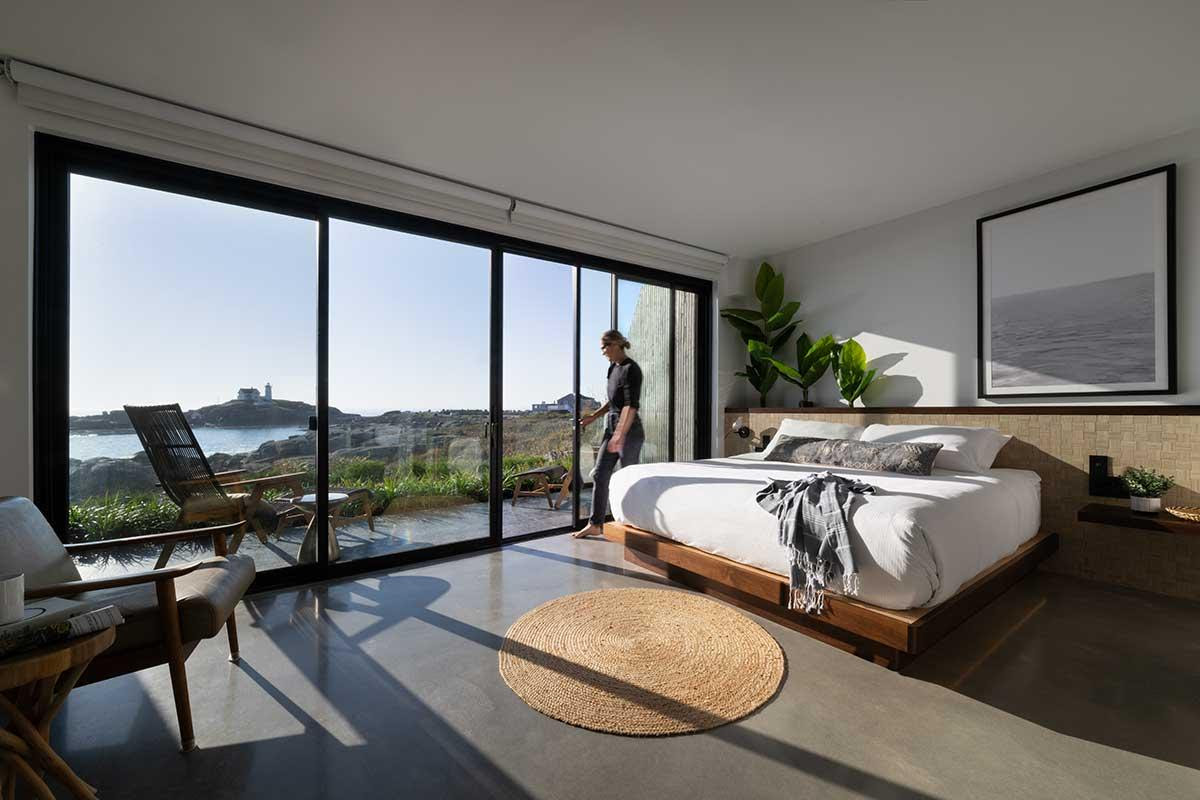
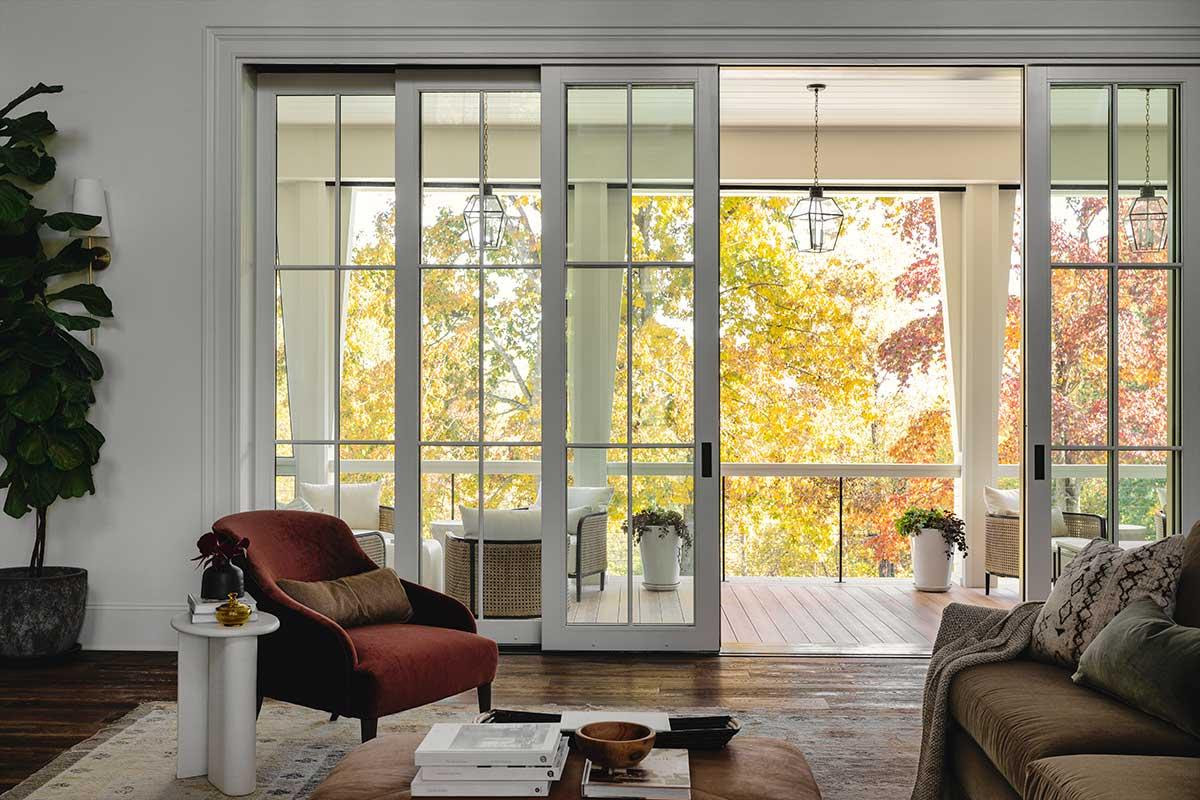
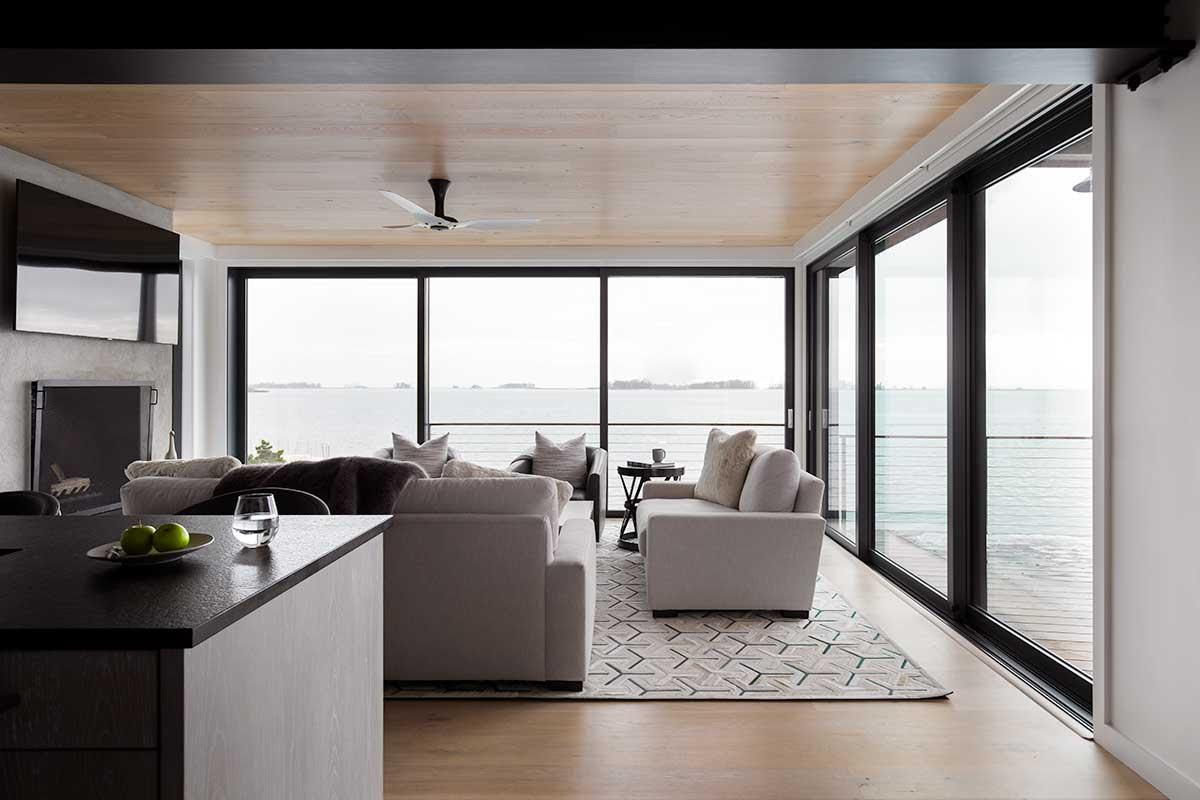
Sliding doors are designed to keep panel frames slim, resulting in minimally obstructed views. An exception is French-style sliders, which have slightly thicker panel parts that resemble the frames of classic swinging French doors. So, other than options like interior finishes, including painting, staining, or priming, choosing a slider style largely comes down to selecting the shape and finish on the door handles, as well as the door trim and frames.
Additionally, individual door models each have their own selections when it comes to hardware, trim, and finishes. Depending on your location, you may want to add screens to your door design. They’re available on Marvin sliding doors and Multi-Slide doors, and allow for fresh air flow, while preventing bugs and debris from entering your space.
If you are interested in learning more about Marvin® please call (510) 649-4400 or text us at (510) 841-0511 and speak to our Window and Door experts.
Join our mailing list, follow us on social media, check out our events page on our home page of the website to feed your design curiosity, find solutions and stay inspired.
You can also schedule an appointment or come in and view our vast selection of Window and Doors.


